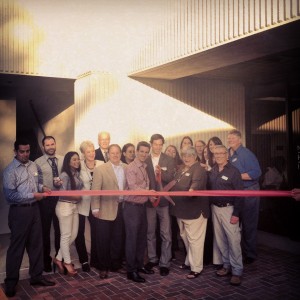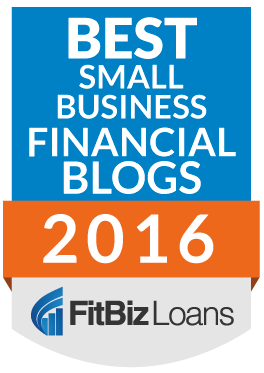A Business and Personal Prosperity Secret?
 What is the secret to creating value in the world for yourself and others? Exchange is the best and shortest answer I would give today. Exchange, or the act of giving one thing and receiving another in return, creates prosperity. Exchanges: idea exchanges, commercial exchanges, and social exchanges will create value for you and for the world. Matt Ridley got me thinking about this as he makes the case in his book The Rational Optimist that human prosperity “was not something that happened within a brain. It was something that happened between brains. It was a collective phenomenon,” writes Ridley. “At some point, human intelligence became collective and cumulative in a way that happened to no other animal.”
What is the secret to creating value in the world for yourself and others? Exchange is the best and shortest answer I would give today. Exchange, or the act of giving one thing and receiving another in return, creates prosperity. Exchanges: idea exchanges, commercial exchanges, and social exchanges will create value for you and for the world. Matt Ridley got me thinking about this as he makes the case in his book The Rational Optimist that human prosperity “was not something that happened within a brain. It was something that happened between brains. It was a collective phenomenon,” writes Ridley. “At some point, human intelligence became collective and cumulative in a way that happened to no other animal.”
Exchange at the Macro and Micro Levels
I found the idea of prosperity through exchange to be most interesting as it could be applied on a micro level — to my life today. It wasn’t necessarily intelligence, or strength, or outstanding governments, or capital, or property rights, or science that made humans so successful, writes Ridley, It was the “ever-increasing exchange of ideas that causes the ever-increasing rate of innovation in the modern world.” If that is the case on a macro level, it should very well apply on a micro level to a single person’s life.
The Law of Comparative Advantage Applied to You and Me
We know from the law of comparative advantage by David Ricardo that even if you are the best person in the world at everything, you will be better off focusing on what you do best and trading for other goods and services. Here are some ideas to apply the concept of exchange to a personal level of creating prosperity for you and me:
- Improve your skill in the art of delegating or outsourcing. Delegating is not easy. It takes great care to identify things that can be delegated (force yourself to think more broadly), to carve out the tasks or responsibilities in understandable groups, to communicate the requirements of the tasks well, and to set-up a system of monitoring that is efficient. We can all work on each step of this. We can all practice by constantly taking small tasks and looking to exchange them.
- Become proficient with modern tools to assist you with anything and everything — don’t do everything yourself. In today’s world, there are many more opportunities to exchange for personal goods and services, particularly tools that are creating value by tapping into unused capacity. Zipcar to replace your car, Relay Rides to rent out your car, AirBnB to rent your spare bedroom, TaskRabbit to earn some extra cash while running errands, Mechanical Turk to find workers around the globe — the examples are becoming endless as the methods of exchanging with others increases dramatically. With so many tools of financial and idea exchange, the advantage goes to those who know how to use the modern tools of exchange for mutual prosperity.
- Connections with others (inter-dependencies) create community and prosperity. While counter-intuitive for me because I could sometimes fantasize about perfect self-sufficiency, creating exchanges and connections with others creates time-saving, prosperity, and richer lives. Getting to know your local restaurateur, contracting for help with a garden project, using a start-up web design firm, volunteering for a neighborhood project, taking on a business partner, or whatever other ideas are ways to increase your prosperity and deepen your connections at the same time. This reminds me of one of the core recommendations from the US Competitiveness Project by the Harvard Business School, which is for US companies to deepen their ties to their local communities.
- Expose yourself to new ideas. Innovation comes from mixing ideas. Personally, I can never get enough exposure to good ideas — however they may come. Ridley writes, “The history of the modern world is a history if ideas meeting, mixing, mating, and mutating.”
- Expose your ideas to new people. Share your ideas and see what happens. Put yourself out there, and see what ideas and people flow back to you. Our collective brain creates value and prosperity.
- Meet new people. New people bring inspiration, new ways of looking at things, and new ideas.
- Travel. Enough said.
Exchange should work on a personal level if you believe Ridley’s thesis that “The more human beings diversified as consumers and specialized as producers, and the more they then exchanged, the better off they have been, are and will be.”
[Note: Ridley’s book was acclaimed for his work on exchange, but criticized by some for his comments on Africa (see Bill Gates’ review of the book). I am focused on the concept of exchange, but not on the political debate.]
Related Posts
- Survival of the Social-Collaboratist, April 23, 2012









 I am an investor at Greybull Stewardship, an
I am an investor at Greybull Stewardship, an 
 Sign Up
Sign Up RSS Feed
RSS Feed